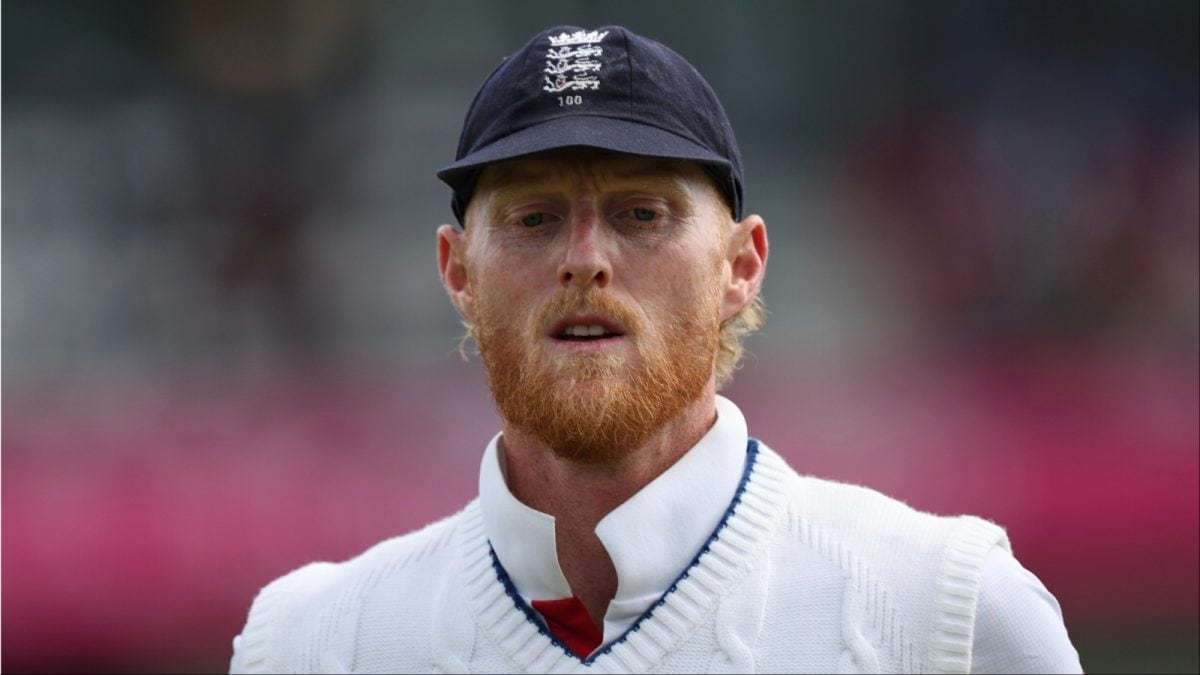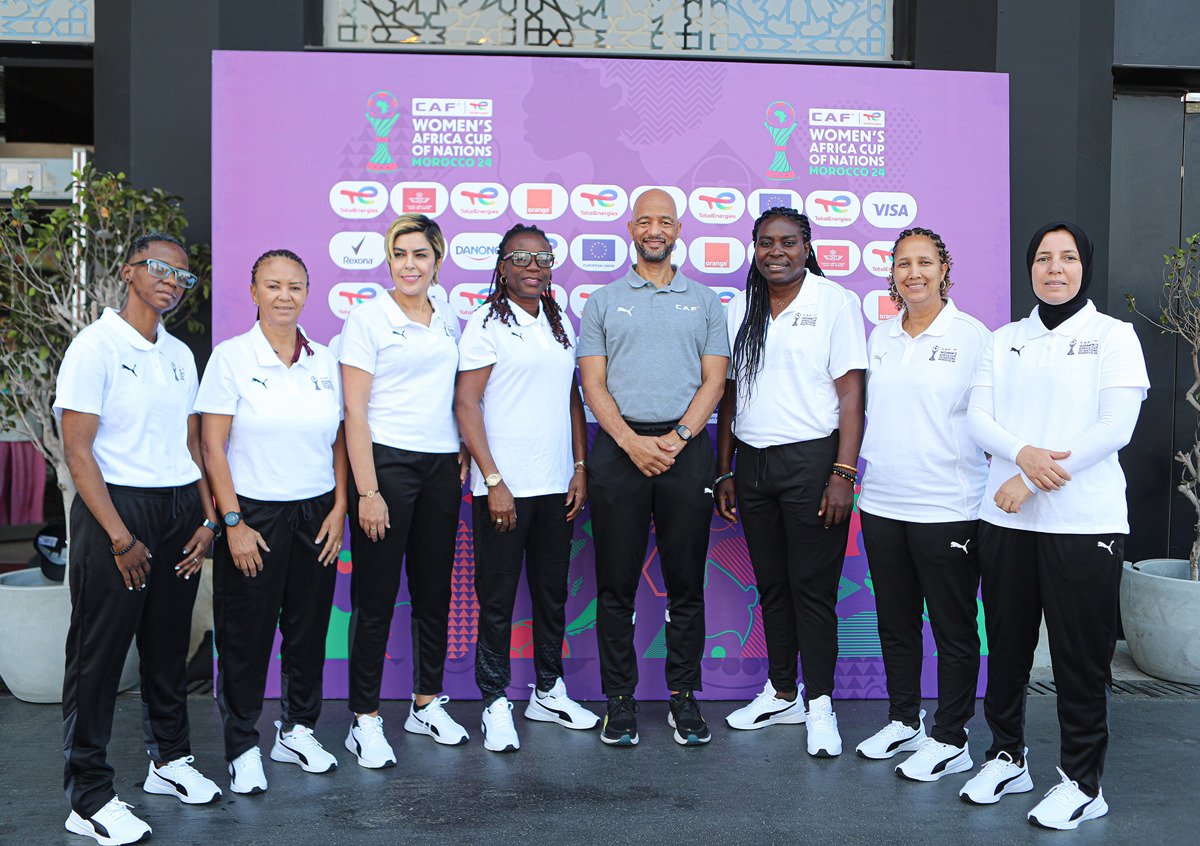‘A huge surprise’ at Euro 2025: Why was Alessia Russo’s goal disallowed for England against France?

France beat England 2-1 in the opening game of their 2025 European Championship campaign on Saturday.Sarina Wiegman’s side trailed 2-0 at half-time by goals from Marie-Antoinette Katoto and Sandy Baltimore, before Keira Walsh gave England hope of salvaging a point late as she halved the deficit in the 87th minute.AdvertisementThe Lionesses, however, thought they had taken the lead inside 16 minutes at the Stadion Letzigrund in Zurich, only for Alessia Russo’s goal to be disallowed for a marginal offside ruling on Beth Mead. It was a decision England’s head coach described as a “huge surprise” — so what exactly happened, and why didn’t the goal stand?What happened?In the 15th minute, with the score 0-0, England forward Lauren James drove at the France backline, cut inside and switched the play to winger Mead on the edge of the France box. Mead fed Lauren Hemp, whose shot was parried into the path of Russo by French goalkeeper Pauline Peyraud-Magnin, and the England striker prodded the ball home.England celebrated, and there appeared to be no protests from the France defence. Both teams lined up to restart the game from kickoff. However, after a Video Assistant Referee (VAR) check that lasted roughly 90 seconds, referee Tess Olofsson indicated that the goal had been disallowed for offside.It was not initially obvious which England player had been offside, but replays of the semi-automated technology showed it was Mead who had been penalised in the build-up, in a close call. Mead expressed her bafflement with the decision at full time. “Yes, I have seen the picture,” Mead told Sky Sports. “I’m unsure how it was given offside, let’s say that.”Why was it ruled offside and what is the rule?Semi-automated offside technology (SAOT) is in use for the first time at a women’s European Championship this summer. UEFA says the technology uses 10 different cameras to track 29 different body points on each player, and the system connects with the match ball to determine the exact point of contact. It was introduced in a bid to speed up offside decision making, following criticism over lengthy delays with VAR.AdvertisementStills of the decision to rule out Russo’s goal are inconclusive over which part of Mead’s body was beyond France defender Selma Bacha. Making things even more difficult to distinguish which part of Mead’s body is offside is the fact that the SAOT wall, drawn to demonstrate the offside line, is white, clashing with Mead’s white England shirt. The bottom of her right foot and top of her right shoulder are the body parts closest to the offside line.UEFA confirmed to The Athletic that it was Mead’s foot and shoulder that put her in an offside position.As with goal-line technology, on-field officials have no input in a SAOT decision — the decision is simply automated.A statement published on UEFA’s VAR technical explanations read: “England’s player No9 (Mead) was in an offside position and played the ball in the build-up to the goal.”The International Football Association Board’s (IFAB) laws of the game state that a player is offside if, when in their attacking half of the field of play, “any part of the head, body or feet is nearer to the opponents’ goal line than both the ball and the second-last opponent”.While Bacha’s right arm is beyond Mead, this does not play her onside. The laws of the game state: “The hands and arms of all players, including the goalkeepers, are not considered (in determining offside). For the purposes of determining offside, the upper boundary of the arm is in line with the bottom of the armpit.”Therefore the offside line is drawn from the top of Bacha’s thigh — the part of her body nearest the France goalline, and SAOT judged Mead to be fractionally beyond that.What’s the reaction been?Wiegman, visibly frustrated on the touch line, admitted her surprise at the decision at full time.“We just didn’t get it right in those moments,” Wiegman said. “Some moments we did, there were parts in the game that we did well. Also scoring that goal. No one expected that to be disallowed. We had to get out of that, too. It was a huge surprise it was disallowed.”Russo’s goal was initially given by referee Olofsson before the SAOT intervention (Alexander Hassenstein/Getty Images)England enjoyed the better of the opening 15 minutes against France, with Lauren James providing two promising openings before Russo’s disallowed goal. However, France grew into the game and were on top for the final 30 minutes of the opening period, and were well worth their 2-0 half-time lead. Wiegman said England’s disallowed goal was not the reason for the momentum shift, and pointed instead to her team’s decision making.AdvertisementAsked why the game changed after the disallowed goal, she replied: “I’m not sure it’s the disallowed goal. I think when we build, we chose to do short passes. And they were aiming for that and they were really pretty good in midfield, so we had to go around them. At moments on the right side we had an overload, where we have to find that — you have to play that and not the short passes. I think we caused our own problems a bit.”Were there any other controversial decisions during the game?Yes. In the build-up to France’s second goal, scored by Baltimore, Maelle Lakrar dispossessed Russo. Replays showed that Lakrar made contact with Russo before she won the ball. Wiegman remonstrated at the fourth official.VAR checked the incident but allowed the goal.“I’m not the referee but it was a foul in my opinion,” Wiegman said at full time.Asked how happy she was with the refereeing performance, Russo told OptusSport: “That’s not (for) me to comment on. I’m sure they reflect on it like we do, but that’s not for me to comment on.”France captain Sakina Karchaoui also went sliding into England captain Leah Williamson during the match. Williamson lifted her shirt up to show the stud marks she had suffered from the challenge on her lower back.VAR checked for a possible red card offence but ruled Karchaoui had not committed a foul of that nature.(Top photo by James Gill – Danehouse/Getty Images)














